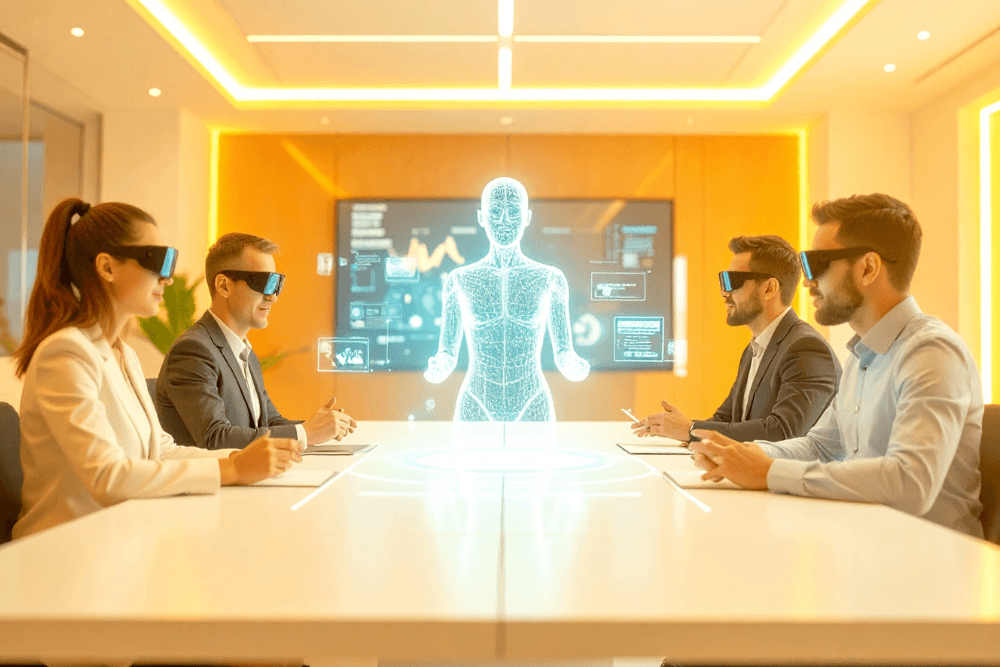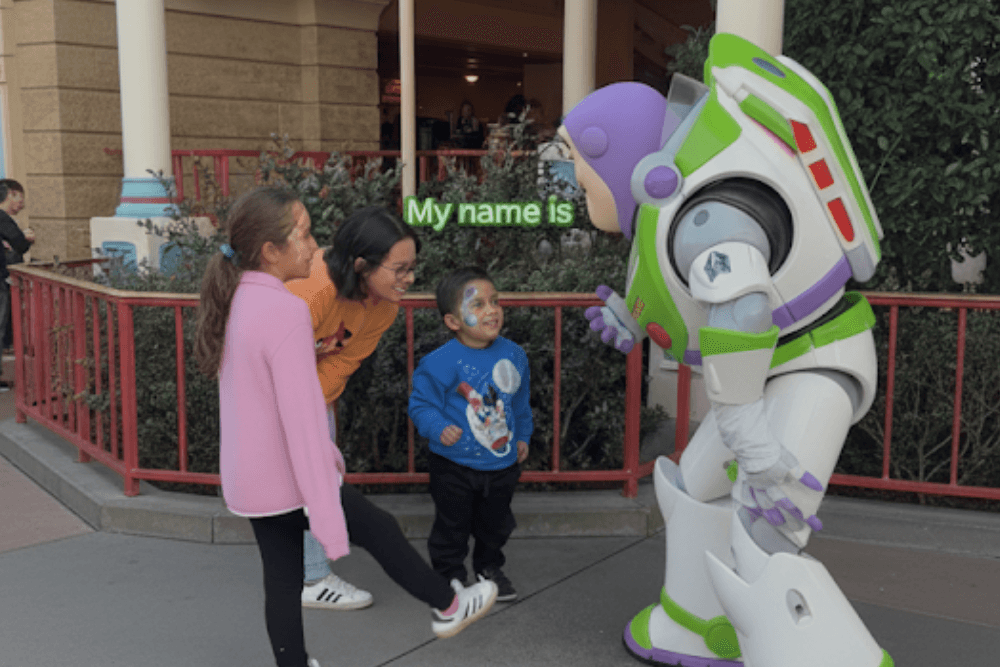2025 is shaping up to be a landmark year for technology, including in the ASL space. Across AI, wearable tech, and virtual platforms, we are seeing a surge in innovations that promise to make communication more accessible for Deaf and hard-of-hearing individuals. But as always, the key question remains: does this technology truly serve people?
At Partners Interpreting, we have been watching these developments carefully. While many of these tools are exciting, it is essential to distinguish what genuinely benefits the ASL community from what is simply trending.
Here is our mid-year review of the most important ASL-related tech stories of 2025 so far and why they matter.
Google’s SignGemma Real-Time ASL Translation
Launched: May 2025 at Google I/O

Google made headlines this year with the announcement of SignGemma which is an AI-powered model designed to translate ASL into spoken English in near real time. Google is positioning it as a tool to bridge communication gaps in settings like customer service and public spaces.
Why It Matters
AI-driven sign language translation is a high-interest topic, but even Google acknowledges that the model’s accuracy is not yet perfect. ASL grammar, facial expressions, and cultural nuances remain a significant challenge for the technology.
Our Perspective
Tools like SignGemma offer promise for improving accessibility but they do not replace human interpreters. Real ASL interpretation involves understanding context, emotion, and cultural depth. Technology can support but not replace human connection.
Nvidia’s Signs Making ASL Learning Interactive
Launched: Q1 2025

Nvidia’s Signs is an ASL learning platform that uses webcams and AI to give learners real-time feedback. Users can practice signing with a 3D avatar and the system provides instant corrections.
Why It Matters
This technology lowers the barrier to learning ASL. It is especially helpful for hearing people who want to communicate better with Deaf colleagues, family members, or customers.
Our Perspective
We are pleased to see technology making ASL more approachable. Learning from Deaf educators remains essential for cultural understanding and proper language learning. Platforms like Nvidia’s Signs can be a helpful starting point.
Cornell’s SpellRing Fingerspelling on Your Fingertips
Announced: March 2025 Prototype

Cornell researchers have developed SpellRing, a groundbreaking wearable device that leverages micro-sonar technology and artificial intelligence to recognize fingerspelling in American Sign Language in real time. Worn on the thumb, this compact, 3D-printed ring, no larger than a U.S. quarter, integrates a microphone, speaker, and mini gyroscope to emit and detect inaudible sound waves, meticulously tracking subtle hand and finger movements. A proprietary deep-learning algorithm processes these sonar images to predict fingerspelled letters with an impressive accuracy of 82% to 92%, enabling seamless text input into devices like smartphones and computers for words without specific ASL signs, such as names or technical terms. Tested with 20 novice and experienced ASL signers across over 20,000 words, SpellRing addresses the impracticality of bulky predecessors, offering a practical solution for the deaf and hard-of-hearing community.
Why It Matters
Fingerspelling plays an important role in ASL communication. A wearable that can translate fingerspelling quickly could support real-time access in personal communication and education.
Our Perspective
This is an exciting development, but fingerspelling is only a small part of ASL. The language is rich and complex, and current devices do not yet capture the full picture.
Live Captioning Smarter Faster More Available
Platforms: Zoom, Microsoft Teams, Google Meet
Zoom, Microsoft Teams, and Google Meet have all introduced significant improvements to their live captioning technology this year.
Zoom released its AI Companion 2.0 update in February 2025. This update improved speech recognition accuracy and made live captions and transcripts faster and more reliable. You can find more details on Zoom’s blog, Zoom’s community page, and this independent review.
Microsoft Teams now provides live captioning with speaker attribution in over 28 languages. This feature is enabled by default and supports accessibility across large, multi-language meetings. Microsoft has also added usability updates like scrollable captions and restricted text copying to improve privacy. These features are rolling out in July 2025, as outlined in this Microsoft advisory.
Google Meet continues to improve its live captioning accuracy and user controls. Throughout 2025, Google has quietly updated caption responsiveness and added more options for hosts to customise accessibility settings. While Google has not published a major 2025 release blog, their Help Center provides a full overview of their captioning features.
Why It Matters
These improvements make virtual meetings, webinars, and large events more accessible for Deaf and hard-of-hearing participants. Faster and more accurate captions support full participation and reduce the communication gap in remote environments.
Our Perspective
Live captions are a valuable support feature. In important or complex discussions, captions should be used together with qualified ASL interpreters to ensure full cultural, emotional, and linguistic accuracy.
Looking Ahead What to Watch in the Rest of 2025
We are keeping an eye on several key areas:
Further advancements in AR smart glasses for live captioning
Increased AI accuracy for ASL recognition in conversational settings
More seamless VRI integration across healthcare, education, and government platforms
We will continue to track these trends and share updates to help organisations navigate this rapidly evolving landscape.
Final Thoughts People First Always
At Partners Interpreting, we are excited about innovations that expand communication access. We also believe that real understanding happens when people connect with people. Technology should empower the Deaf community and support interpreters, not attempt to replace them.
If your organisation is exploring new accessibility solutions, whether in healthcare, education, or the workplace, we can help you build the right approach with the right balance of technology and professional interpreting services.
Let’s work together to build a more inclusive world.
Connecting People. Everyday.







